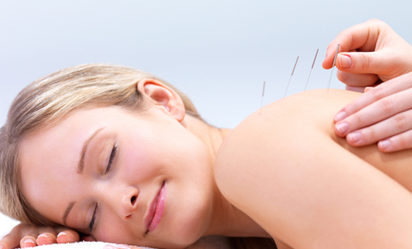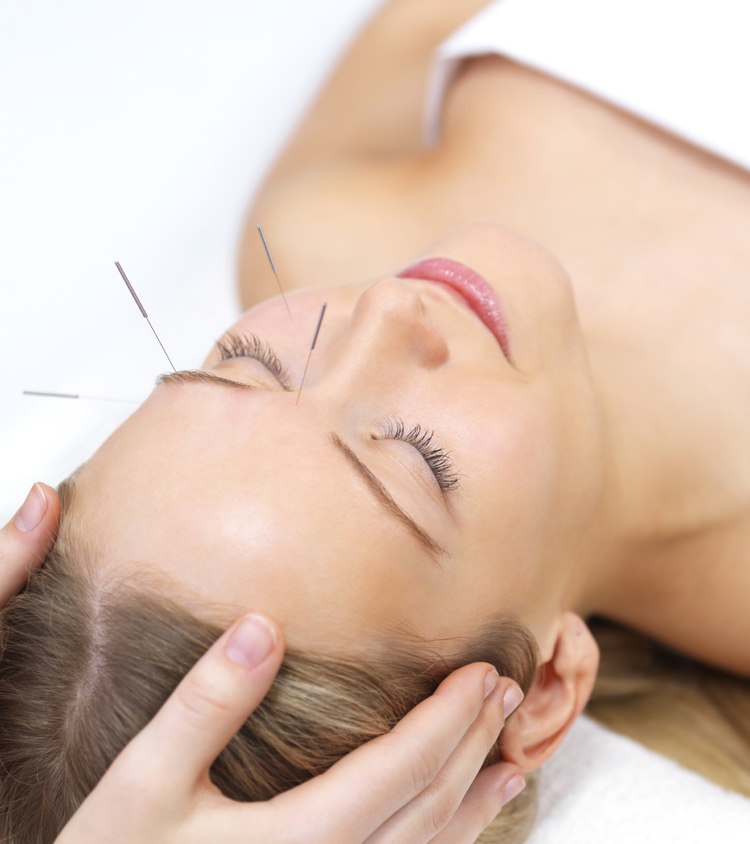What is Acupuncture?

The roots of acupuncture can be traced back around 2000 years to ancient China. Complex discussions about acupuncture, meridians and joints together with diagnosis and treatment can be found within the text of ‘Ling Shu’ the second part of Huangdi’s Internal Medicine which is believed to date back to the reign of the Yellow Emperor in 2697 BCE.
Meridians
Acupuncture is based on the belief that the body has channels running through it, delivering energy or ‘qi’ (pronounced chee) to the organs therefore keeping the body healthy and in balance, these channels in acupuncture are known as meridians or “Jing luo” “Jing” refers to the vertical channels and “luo” refers to the networks that branch off the main channels. When these channels become blocked or obstructed the resulting effect is like a dam that causes stagnation in the life flow or qi resulting in illness, weakness or disease of the body and the corresponding organs on the meridian map. Traditional acupuncture takes a holistic approach to well being and illness, the acupuncturist will identify the underlying causes of these blockages and select the most effective treatment according to the individual’s needs.
How it works
Acupuncture aims to realign the flow of the body’s qi thus encouraging it to heal itself. This is done by needling and applying heat or stimulation at specific acupuncture points located along the meridian channels to release the blockage and re establish the flow of qi. Acupuncture claims to assist the body’s internal organs to adjust the upset flow in their function and correct imbalances of digestion, circulation and absorption. The modern view of acupuncture suggests that needling the acupuncture points along the body acts as a stimulus for the nervous system, releasing chemicals in the muscles, spinal cord, and brain which in turn trigger the release of other chemicals and hormones which influence the body's own internal regulating system.
- There are six types of needles used by the modern acupuncturist
- The needles vary in length and are very flexible
- The needles are about three times the thickness of a human hair
- There are approximately 360 acupuncture points on the human body Some of the claimed effects of acupuncture include; improved energy, physical health and emotional well being.
What to expect
During the initial visit the acupuncturist will aim to get a detailed understanding of the patient’s main complaint and their basic health and lifestyle. This first session can take up to an hour and will involve a consultation where the patient will be asked questions about their medical history and women for example, may be asked questions about their menstrual cycle, pregnancies and births. Answering these questions will give the acupuncturist an overall picture of the patient’s lifestyle. The acupuncturist will enquire about any medication that the patient is currently taking and if the patient has tried any other therapies.
The methods the acupuncturist will use to diagnose the patient are various and are divided into four main parts, observation, smelling, questioning and palpation. The practitioner may use techniques such as; checking the pulse, examining the tongue, looking at the complexion of the patient, smelling the breath and feeling for muscular tension.
The treatment
The acupuncturist will make a diagnosis based on information from the examination and the information taken from the consultation, the result will be a treatment plan that may also include diet, nutritional and lifestyle advice as well as acupuncture. Patients are advised to wear clothing that allows easy access to areas such as the arms and legs, not to attend a treatment straight after a large meal or with an empty stomach.
The practitioner will put the patient into a comfortable position, usually laying or sitting down and will then insert thin sterilised needles into the specific acupuncture points around the body just under the skin. The amount of needles used can vary from treatment to treatment and can be removed straight away of left in the skin for thirty minutes or longer. It is possible that the patient will feel a pin prick as the needle is inserted as well as a tingling sensation or a dull ache around the needle insertion point.
The number of treatments required will usually be one or two per week depending on the diagnosis and health of the patient.
Other techniques

The acupuncturist may also use other Chinese medicine techniques such as:
- Cupping - cups made of glass are laid on the skin in order to stimulate blood flow and clear blocked qi
- Guasha - the practitioner will rub the skin using brisk movements to increase blood flow to the area
- Moxibustion – the Artemisia vulgaris herb is smouldered over the point until the patient feels a pleasant warming sensation in the muscles
The Effects & Benefits
People choose to have acupuncture for a variety of reasons some of which could be:
- Stress related conditions such as headaches, migraines and anxiety
- Unsuitability to traditional pain killers
- To help to help cope with side-effects of other medications
- To compliment other forms of treatment or medication
- To increase general well being and as a preventative measure
- To help alleviate the symptoms of depression
After-effects
After acupuncture it is normal to feel relaxed and calm although some people can feel tired or dizzy. The acupuncturist may advise the patient not to drive or operate heavy machinery straight after having a treatment. For around forty eight hours after the treatment the patient will be advised to drink plenty of water, no alcohol and to eat small healthy meals, this will aid the body’s healing process and compliment the flow of qi around the organs and meridians stimulated by the acupuncture. The contraindications and risks to acupuncture are:
- Patients should visit their GP before undertaking acupuncture treatment, this will help ensure that acupuncture is the right type of therapy for the individual
- The abdomen and lumbosacral areas of pregnant women should never be needled
- Avoid blood vessels to prevent bleeding
- Points on the chest and back should be carefully needled to avoid nerve or organ damage
- All needles should be single use and sterilised to prevent infection These are ten of the main claims made for Acupuncture:
- Acupuncture can be performed on children, animals and adults
- Acupuncture is safer than other types of complementary therapy
- Acupuncture has very little side effects, any felt are usually mild and are dispelled after a day or two
- There is good scientific evidence that acupuncture can help relieve the symptoms of osteoarthritis, dental pain, nausea after surgery or chemotherapy, tension headaches and migraine.
- Aids the flow of qi around the body improving organ function
- Increases energy and vitality levels
- Complements other forms of treatment and medication
- Improves the rates of pregnancy in women having in vitro fertilisation, although more research is being done regarding its effectiveness
- Can be used to help smokers quit smoking and in the treatment of other addictions
- Acupuncture can be used to treat the symptoms of menopause